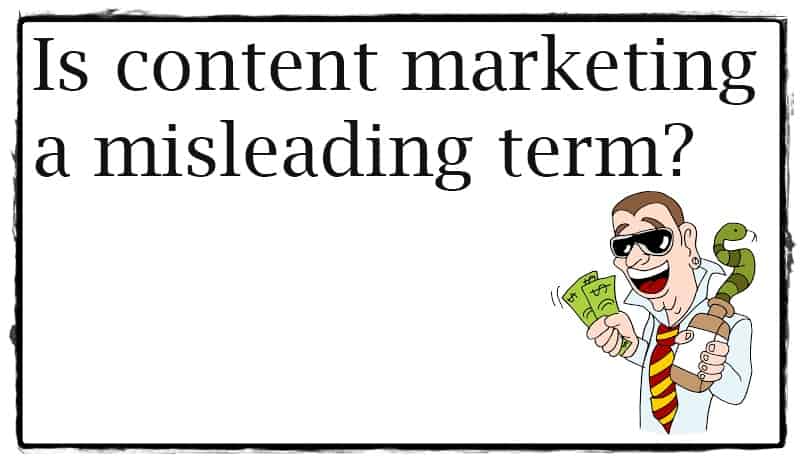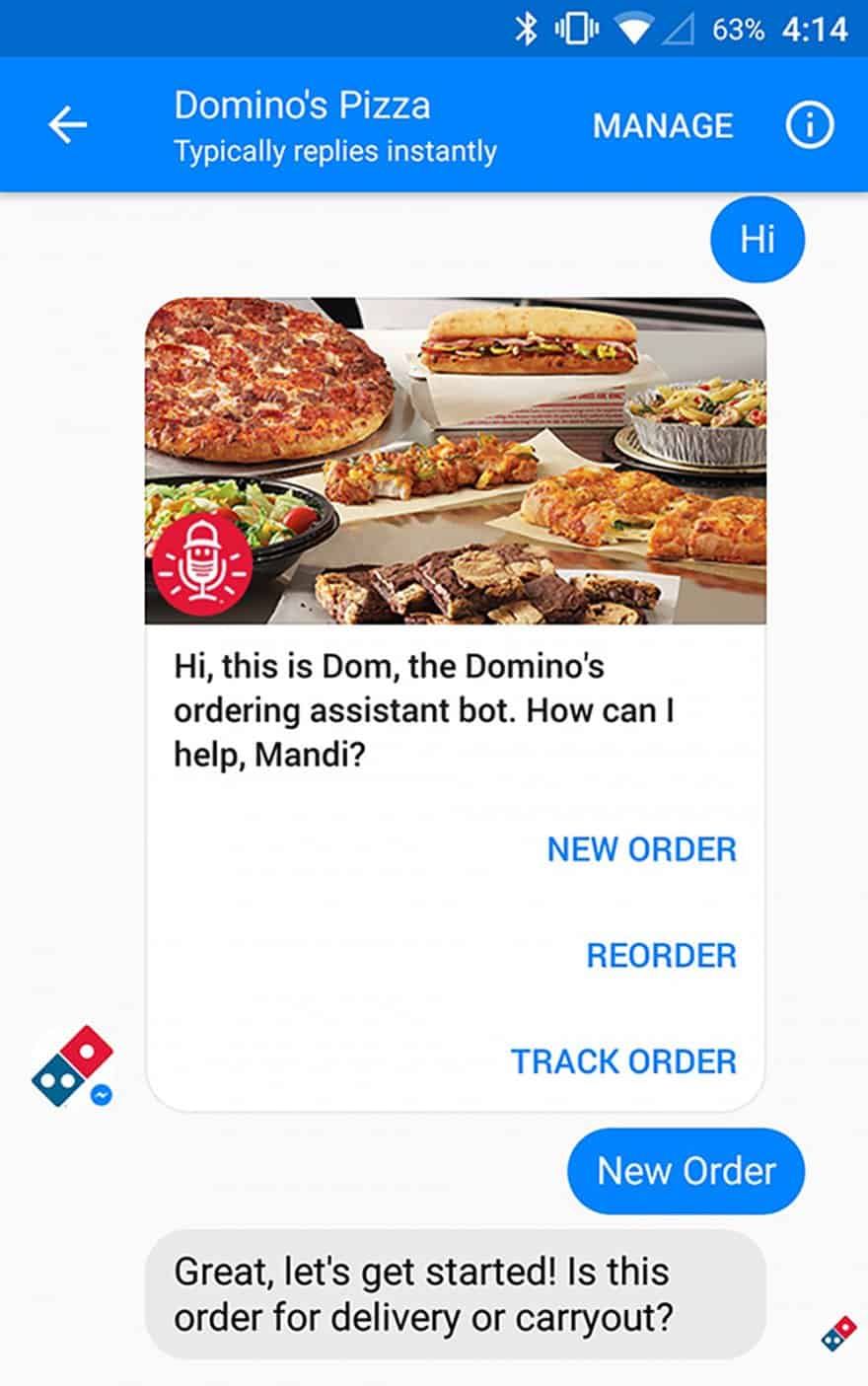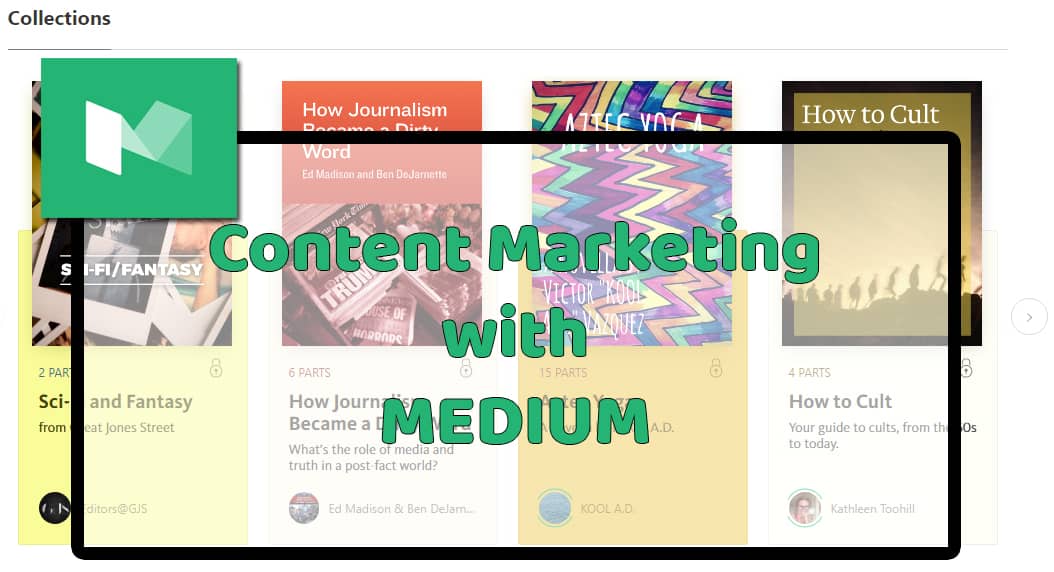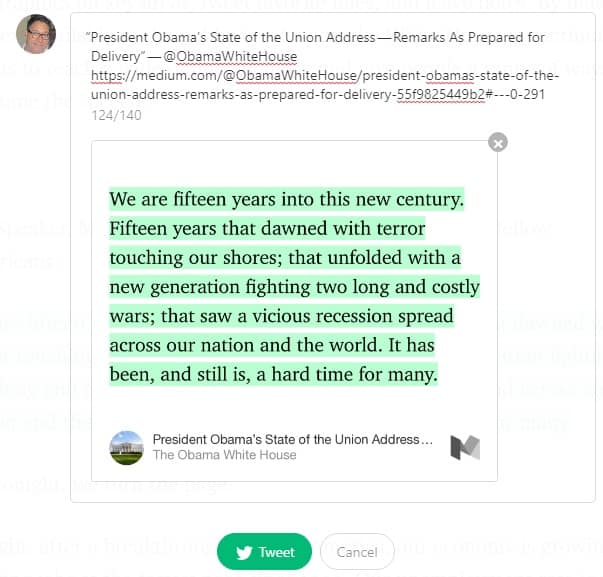 The success of your content marketing pretty much depends on how engaging your content is. This is why it is very important to know how to write highly engaging content.
The success of your content marketing pretty much depends on how engaging your content is. This is why it is very important to know how to write highly engaging content.
First, what is “engaging content”? Although I have explained this multiple time on my blog and my website, it’s always nice to quickly visit the topic before proceeding, in every individual post.
Writing and publishing engaging content means involving your readers and visitors. Content consumption on your website or blog should be a two-way process. It should be a dialogue instead of a monologue. You have to hit the right spots. You have to provide the right information, ask the right questions and express the right doubts, at the right time, to give your readers the “aha!” moment.
Here are 10 ways to write highly engaging content
- Tell a story your visitors can relate to
- Try to know and understand what your readers are really looking for – what moves them?
- Write content from your reader’s perspective
- Get your readers emotionally involved with your content
- Ask questions and up their stakes
- Develop a unique voice
- Back your claims and opinions with verifiable facts
- Provide a social interface to your readers and visitors
- Curate useful, interesting information from other sources
- Understand how your particular audience prefers content – format as well as length
1. Tell a story your visitors can relate to
Stories are always interesting and they are more interesting if people can relate to them. So, you can make your content engaging by telling people stories of how your product or service solved problems and made life easier for people who use them. Simply saying that your product or service is great doesn’t cut it. Use real-world examples. Use real-world names. Use real-world situations and then provide believable narratives.
Your stories don’t have to be dull and drab. You can make them funny. You can sprinkle them with suspense. You can even introduce melodrama. The basic idea is to make it as interesting and engaging as possible.
2. Know and understand what your readers are looking for – what moves them?
Frankly, this is the most difficult thing to achieve through your content. Most of the content marketing campaigns fail because people responsible for the campaign cannot really write or create content keeping in mind what their visitors are looking for. Web analytics tools like Google’s Webmasters tools can help you in this regard. If you closely study your visitor statistics you will know how people land on your website. If they are coming to your website using the wrong search words it means you’re drawing wrong sort of people through your content which means you are creating wrong content.
3. Write content from your readers’ perspective
The thing is, people read your content not because YOU are writing it, they read it because they derive something out of it, whether it is information, entertainment, or empathy. Write what they would like to read, not what you would like to write.
Having said that, it doesn’t mean your writing always has to cater to the whims of your readers…you can play around with your own ideas. But when you are writing for a business website or for a business blog, remember that ultimately, the purpose of your writing is to convince your visitors into doing business with you.
4. Get your readers emotionally involved with your content
If your readers remain passive about your content, you cannot move them much into doing something constructive. They will read your content and just move on.
But if you make an emotional connection through your content, they don’t just stay longer, they also remember what they read.
How do you make an emotional connection? By addressing their problems as if they are your own problems. By providing them the needed solutions. By assuring them that the resolution of their problems is your primary concern.
For example, if you are looking for well-written content for your website or blog you obviously want to improve your business: you want to get more traffic, you want to engage your audience, you want to increase your social media visibility, and consequently, increase your sales. I should be able to convey to you that I totally understand this pressing need of yours and will do my best to provide the right content marketing and content writing services.
5. Ask questions and up their stake
You can also engage your readers by asking them timely questions. Don’t always provide them all the answers. If you provide them all the answers they’ll get bored. Instead, engage them by asking them questions.
For example, if you are looking for good content for your website, I should ask you why your website needs good content instead of telling you why your website needs good content.
Or, if I come across an example of extremely terrible content written on another website or blog I can ask my visitors what’s the problem with that content and how that content can be improved. They will feel that you value their opinion.
6. Develop a unique voice
If everybody is publishing content on his or her website how do people distinguish? Let’s be frank, whether they know how to do it or not, everybody seems to be using content marketing these days. It means lots of content is being published and distributed on daily basis. There is so much noise coming from all directions that it turns into an indecipherable buzz. The only way you can distinguish yourself from the rest of the crowd is to develop a unique voice.
Develop your own style. Even if it means using unconventional language, as long as you don’t offend anyone and inadvertently offend your customers or clients, go for it.
7. Back up your claims and opinions with verifiable facts
I’m not a big fan of overwhelming my readers with lots of statistics and facts, but whenever you mention facts that are not well-known but are important, try to include the original source that is credible. These days there is lots of talk about fake news. So, while linking to the original source, be mindful of the fact that it is original information and not fake information otherwise the entire purpose of backing up your claims and opinions is defeated.
What I mean is, if I say that if your link appears at the first position on Google search results, it may enjoy 31.35% clickthrough rate (31.35 people out of 100 will click your link) and if I back this bit of information with a credible link like this Hubspot link you will not only believe me you will also appreciate the fact that I do research before making claims.
8. Provide a social interface to your readers and visitors
Engagement these days also means that the visitors on your website or blog should be able to socially re-purpose and share your content. There are lots of tools available that allow people to, for example, tweet some of your best quotes from your website, one of the reasons why recently I recommended using Medium for content marketing. Even a simple commenting facility keeps your visitors engaged as they exchange their views and opinions with you and among themselves.
9. Curate useful, interesting information from other sources
You don’t need to continuously create original content in order to engage your readers. There is lots of interesting stuff on the Internet that you can curate and present it to your readers and visitors. People will really appreciate if they don’t have to scour the Internet in order to find what they’re looking for. Although you shouldn’t base your entire content marketing strategy on curated content (in some cases it may actually work) now and then you can create lists of subject-specific blog posts and articles and compile them into a single URL.
10. Understand how your audience prefers content – format as well as length
Different audiences have different preferences. A network security website may have a different audience than a beauty products website. You will need to understand your audience and write and publish content accordingly. Your audience may also prefer different formats: they won’t necessarily like streams of text. Maybe they prefer images. Maybe videos. Maybe they don’t even like to come to your website and they mostly use Instagram.
These days there is a tendency among content marketers to use very long blog posts – stretching over 2000-2500 words or even more. But if you visit Seth Godin’s blog, almost all of his posts are not more than 150-200 words, and still, his blog is more popular than the blogs of many renowned content marketers and SEO experts. His blog posts are very small, and very insightful. Another thing that I have heard about him is that he posts everyday, even on Christmas.
So, these are some ways you can write highly engaging content for your website or blog. Remember that when it comes to web content the technology that you use on your website to enable people to re-purpose, reuse and share your content is as important as the quality of your writing. Don’t clutter your website with lots of buttons and bells and whistles, but do provide necessary means to make your content socially shareable.
Image source
 I was just reading this interesting take on content marketing and content marketers. The author says that when the “content marketers” are charging $50 per blog post (what he means is they are just providing cheap writing labor) they are simply misleading the clients because the truth is that they have no idea what they are doing.
I was just reading this interesting take on content marketing and content marketers. The author says that when the “content marketers” are charging $50 per blog post (what he means is they are just providing cheap writing labor) they are simply misleading the clients because the truth is that they have no idea what they are doing.






